Have you ever wondered how much a helium balloon can lift? We're going to find out with a fun STEM challenge using helium balloons and a LEGO® figure. The challenge is to discover how much weight a single helium balloon can lift.
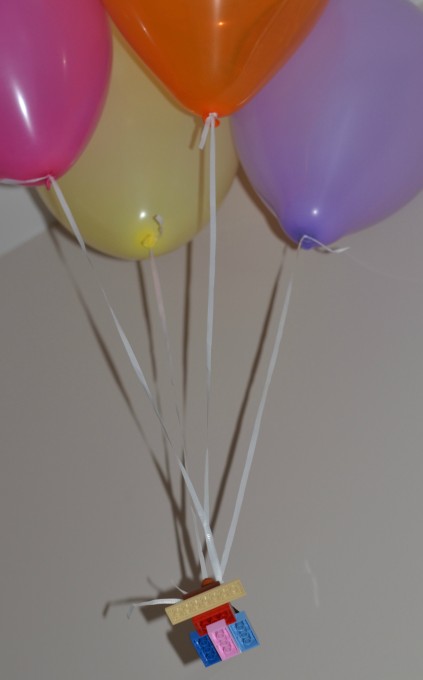
Helium Balloon STEM Challenge
You'll need
Helium Balloons
String
LEGO
Weighing scales
Instructions
First, we wanted to get an idea of how much weight it would take for the balloons not to float away. A LEGO® man sitting in a LEGO® car remained on the floor but with the front wheels slightly in the air.
A LEGO man by himself shot straight to the ceiling, so we tried a more methodical approach and started adding LEGO piece by piece until the balloons didn't float up the ceiling.
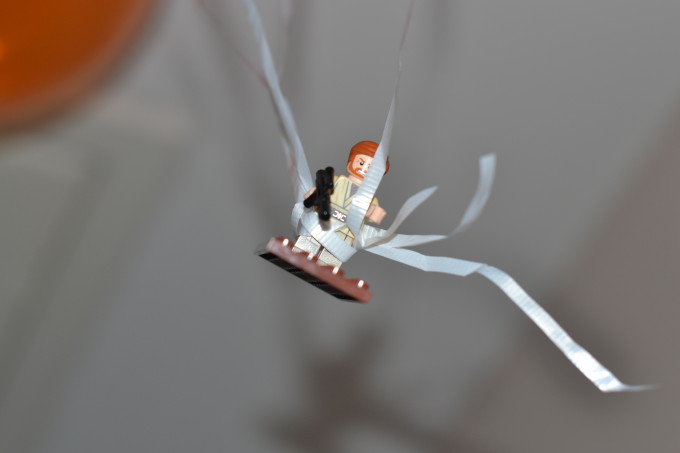
We decided that the maximum amount of LEGO® was when the balloon took a long time to settle on which way to go, we couldn't get it to hover for more than a few minutes before either dropping to the floor or rising to the ceiling.
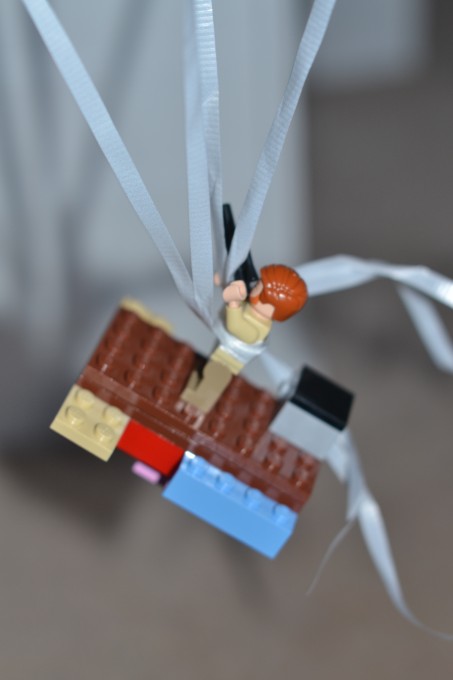
When the LEGO® is just on the edge of floating, use the scales to find out how it weighs.
Extension Ideas
Find the minimum amount of LEGO it takes for one helium balloon to stay on the ground. Does that work for two balloons?
Use your results to predict how much LEGO you'll need for six balloons.
If you hold the balloons, can you feel the upward pull?
Why do helium balloons float?
Helium is less dense than air, so as long as the density of the helium and balloon is less than the air they displace the balloon will float.
If you think how an empty plastic bottle floats to the surface of water if you hold it underneath the surface and let go, this is the same process. The bottle and air inside are less dense than the water they displace and so float.
This is the law of buoyancy.
Buoyancy is the upward push of a liquid on an object. Whether something floats or sinks depends on how much the water pushes up compared to how much gravity pulls down.
If you enjoyed this activity, take a look at my other LEGO® science experiments.

Last Updated on March 24, 2025 by Emma Vanstone

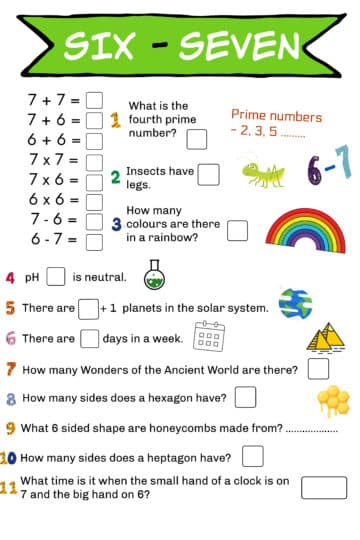
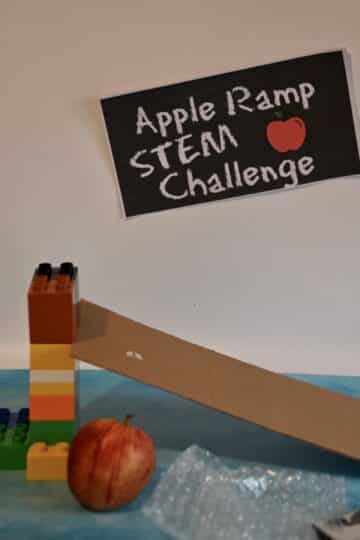

Becky says
ooh would like to see how many balloons it took to lift all the lego in the house to get me some free surfaces back!!